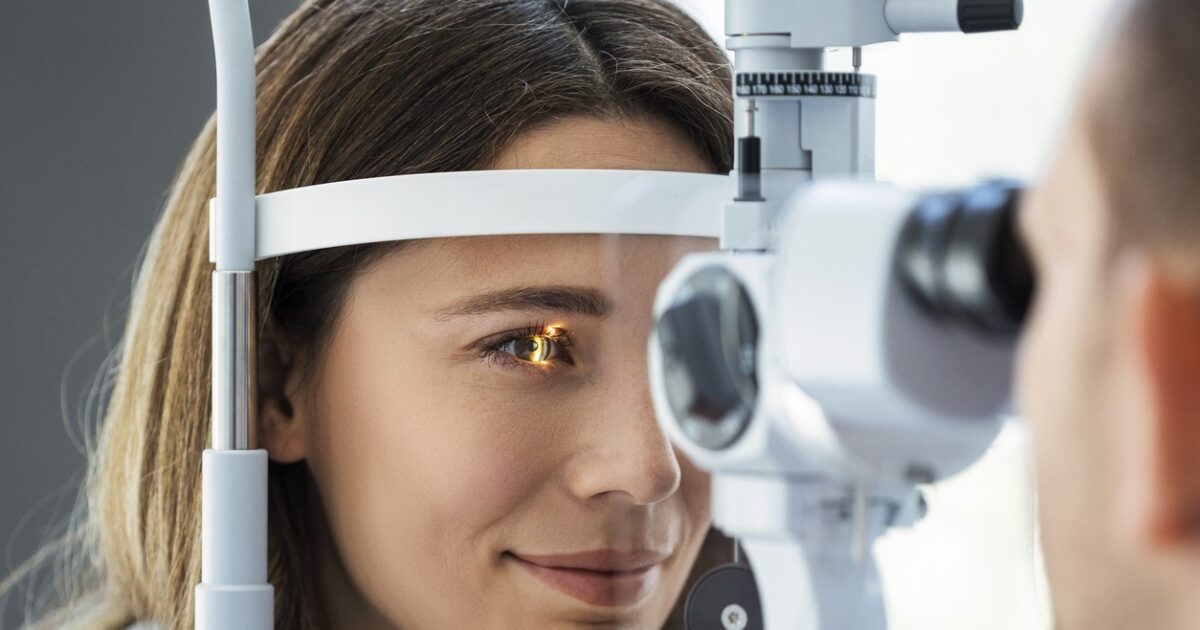A new revolutionary research shows that the danger stroke can be accurately predicted by an vascular “fingerprint” in his retina eye.
The research published online in Heart magazine notes that the complicated vascular network of the retina of the eye shares common anatomical and normal characteristics with the brain’s vascular system. The researchers wanted to investigate – with the help of artificial intelligence – whether biological indicators can be identified that can accurately predict the risk of stroke without the need for invasive laboratory tests.
The stroke affects about 100 million people around the world and kills 6.7 million of them each year. Most cases are caused by amendable risk factors, such as high blood pressure, high cholesterol, poor nutrition and smoking.
The study measured 30 indicators related to the caliber, density, junction and complexity of the venous and arteries of the retina vessels, through seabed images of 68,753 participants in the UK Biobank database. They also took into account risk factors with potential influence, such as demographic and socio -economic factors, lifestyle and health parameters, including blood pressure, cholesterol, blood glucose and weight.
The ultimate analysis included 45,161 average age participants of 55 years. The average surveillance period was 12.5 years.
In total, 118 measurable indicators of the retinal vessels were included, of which 29 indicators of vascular health were significantly associated with the risk of a first stroke. Among other things, it was found that every change in the density indicators of the vessels was associated with an increased risk of stroke by 10-19%, while changes to diameter indicators were associated with an increased risk of 10-14%. Any decrease in complexity and twisting indicators was associated with an increased risk of 10.5-19.5%.
Scientists found that this vascular “fingerprint” of the retina was just as good as the use of traditional risk factors for the prediction of future stroke risk. Of course, the researchers clarify that this is an observation study, so no safe conclusions about the cause and the result can be drawn. They also point out that the findings may not apply to different ethnicities.
Finally, they were not able to evaluate the risk associated with different types of stroke, but they conclude that, as retinal parameters can be easily obtained, this model is a practical and easily applicable approach to stroke risk assessment.
